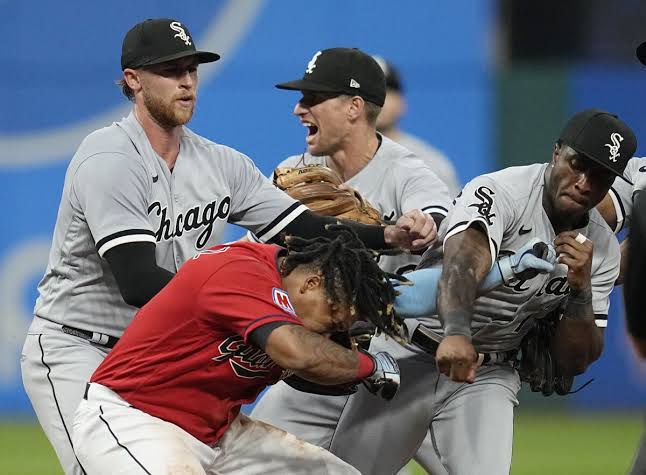
Introduction
Boxing has always been recognized for its fierce rivalries and adrenaline-pumping fights. Some battles, though, exceed ordinary competition to become landmark milestones in the sport’s history. The controversial boxing match between Rose Ramirez and Tim Anderson was one such occurrence that shocked the boxing community and caused passionate disputes. This article digs into the specifics of the contentious battle, which had long-term consequences for both boxers’ careers and had a lasting impact on the sport.
Setting The Stage
The stage was set for an exciting contest when Tim Anderson, an experienced veteran with a solid resume, squared off against Rose Ramirez, a formidable fighter known for her swift and powerful blows. The fight was eagerly anticipated, with boxing fans worldwide anxious to see a competition of strategies and skills in the ring.
The Fight
When the bell rang to start the match, Ramirez and Anderson showed incredible guts and talent. Both fighters displayed precise jabs and quick footwork in the opening rounds. But as the fight progressed, tensions grew, and the boxers engaged in a series of furious exchanges, each delivering powerful blows on the other.
The Turning Point
When Ramirez landed a contentious punch to Anderson’s head in the seventh round, leaving him injured and shaking, the tension inside the arena exploded. Immediately after stepping in, the referee requested that the fight be temporarily stopped so that Anderson could be examined. As viewers and commentators argued about whether the punch was deliberate or just a mishap in the heat of the fight, this crucial moment sparked a storm of controversy.
The Fallout
Several opinions about Ramirez’s actions surfaced after the incident. Some backed her, pointing to the competitive nature of the sport and the potential for unintentional fouls in crucial games. Others, however, thought her behavior was inappropriate and demanded harsh punishment.
The Ramirez-Anderson fight drew mixed reactions from the boxing world. Leading personalities in the sport were asked for their thoughts; some called for strict rule revisions to handle potential deliberate fouls, while others emphasized the need to preserve the sport’s purity. The event also rekindled the discussion about ethics and sportsmanship in the boxing community.
The event was thoroughly investigated by the boxing regulating authorities after the controversy. It was impossible to determine whether Ramirez’s punch was deliberate or unintentional because the evidence was inconclusive. Ramirez was temporarily banned from competing in professional boxing despite this uncertainty while it was being investigated. The suspension caused fresh discussions about the decision’s fairness and the demand for more detailed rules to deal with such circumstances in the future.
The aftermath of the battle presented substantial difficulties for both fighters. Ramirez’s mental and emotional health suffered due to public anger and unrelenting media scrutiny. As he battled to heal from the damage he suffered during the encounter. Anderson wondered whether he would return to the ring.
The Ramirez-Anderson battle gave the boxing world a wake-up call. To safeguard the safety and fair play of fighters, it brought attention to the need for stronger rule enforcement. It also emphasized the need for respect and good sportsmanship inside and outside the ring.
Conclusion
The battle between Rose Ramirez and Tim Anderson will always be remembered as one of the most contentious contests in boxing history. Ramirez’s punch may not have been intended, but the incident critically examined the ethics and integrity of professional boxing. To sustain the honourable spirit of boxing, lessons must be learned. Rules must be strengthened, and sportspeople must be held accountable for their deeds.
